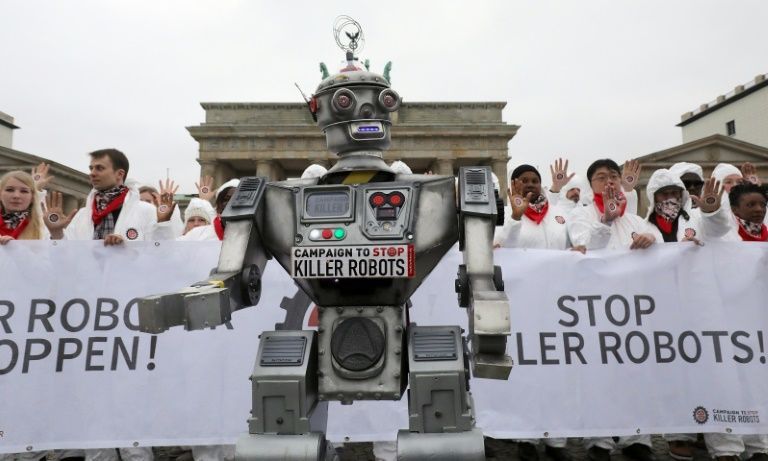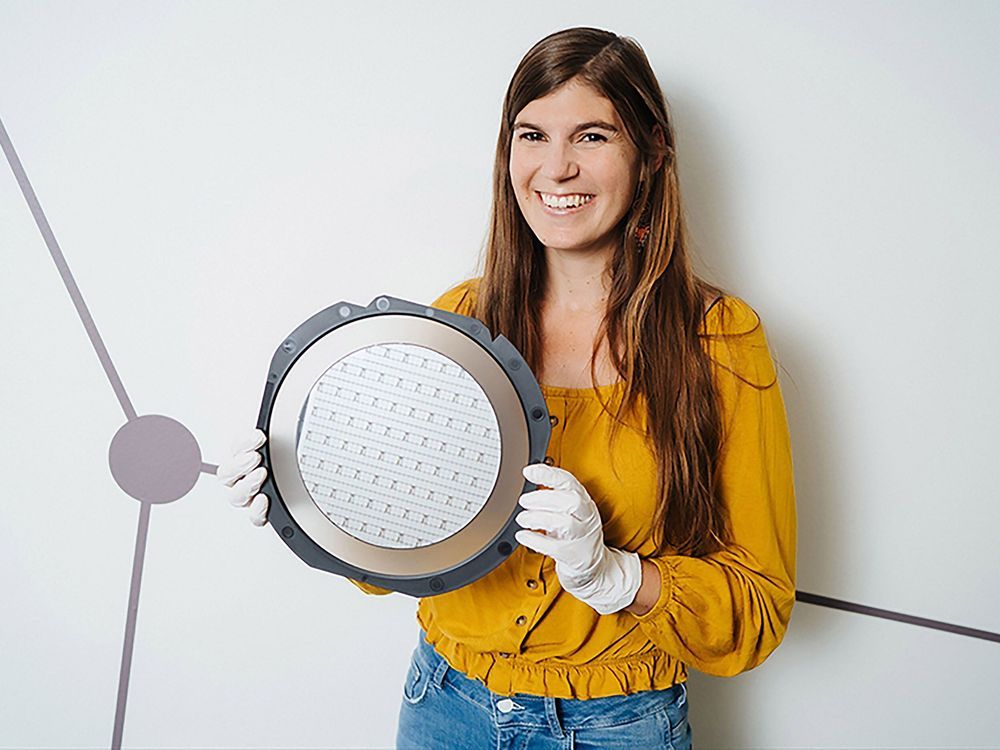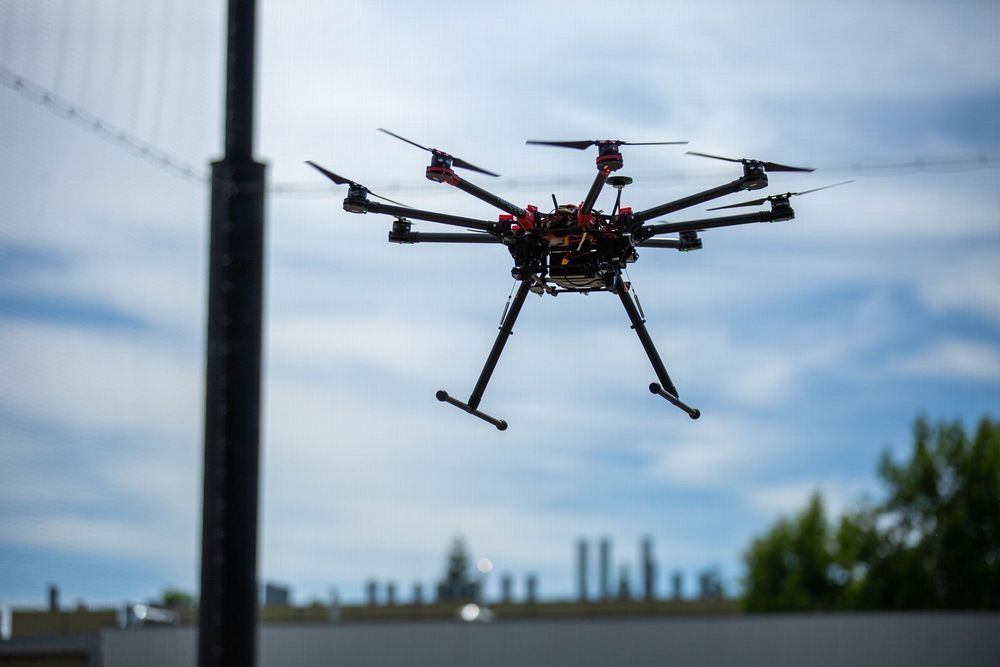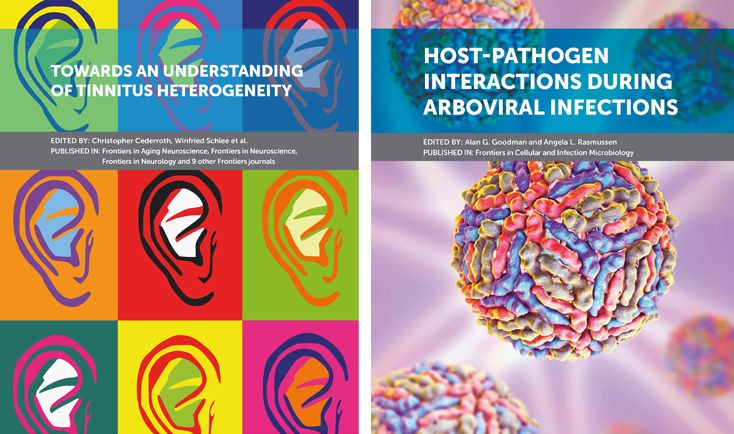How do you weigh a ghost? If you’re a cosmologist, you could use… the Universe. Combine vast cosmological data with info from particle accelerators, and, it turns out, you have a pretty good scale for measuring the mass of a neutrino — also known as the ‘ghost particle’.
This is how a team of scientists, for the first time, have set an upper limit on the mass of the lightest of the three different types of neutrino.
Neutrinos are peculiar little things. They are among the most abundant subatomic particles in the Universe, similar to electrons, but without a charge and almost massless. This means they interact very rarely with normal matter; in fact, billions are passing through your body right now.





